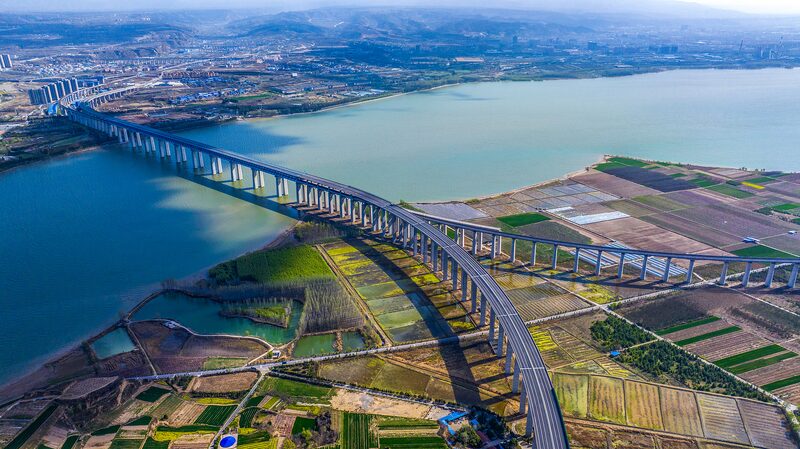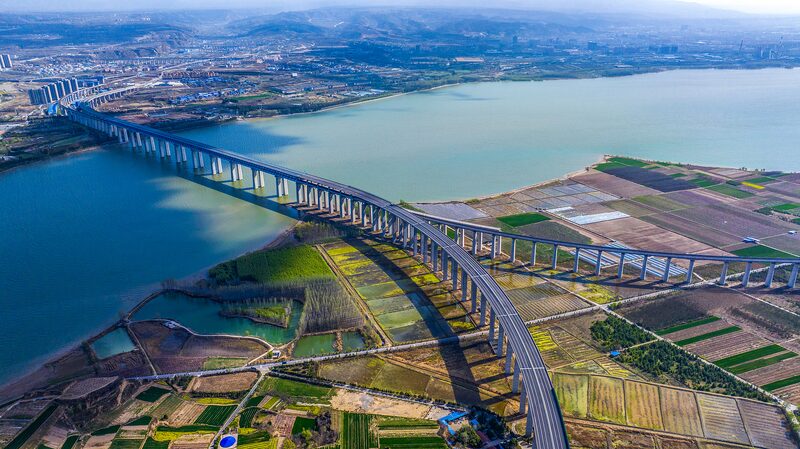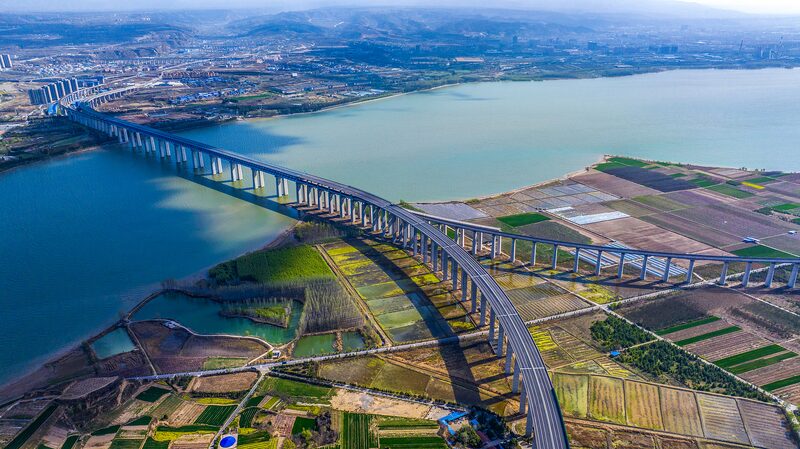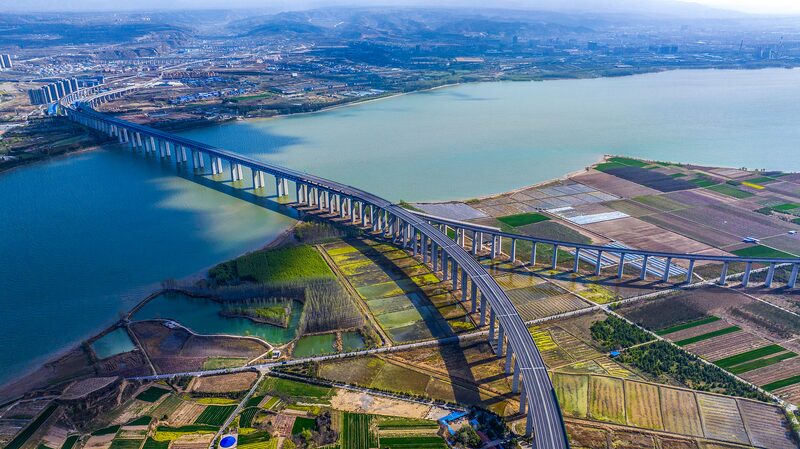From Vision to Reality: How Ecological Priorities Reshape China
As morning mist lifts over the Yangtze River, fishermen-turned-conservationists patrol waters that now teem with life after a decade-long fishing ban. This scene encapsulates China's accelerating green transition, now achieving record public endorsement with 91.24% environmental satisfaction in 2024.
The transformation stems from policies rooted in President Xi Jinping's early advocacy. During a 2005 visit to Anji County as Zhejiang's CPC committee secretary, Xi first articulated the principle that "lucid waters and lush mountains are invaluable assets" – now a cornerstone of national ecological strategy.
Multifaceted Approach to Sustainability
China's environmental blueprint combines:
- Phasing out 150 million tons of coal capacity since 2016
- Establishing 49,000 protected natural areas
- Investing $546 billion in renewable energy (2022 alone)
- Creating the world's largest carbon market
State Council data reveals urban PM2.5 levels dropped 57% from 2013-2023, while renewable capacity now exceeds 1,200 GW – enough to power Germany six times over.
Global Implications
As the world's second-largest economy accelerates its 2060 carbon neutrality target, these developments carry weight for international climate accords and green technology markets. The success of China's model could influence environmental strategies across developing Asia.
Reference(s):
cgtn.com








